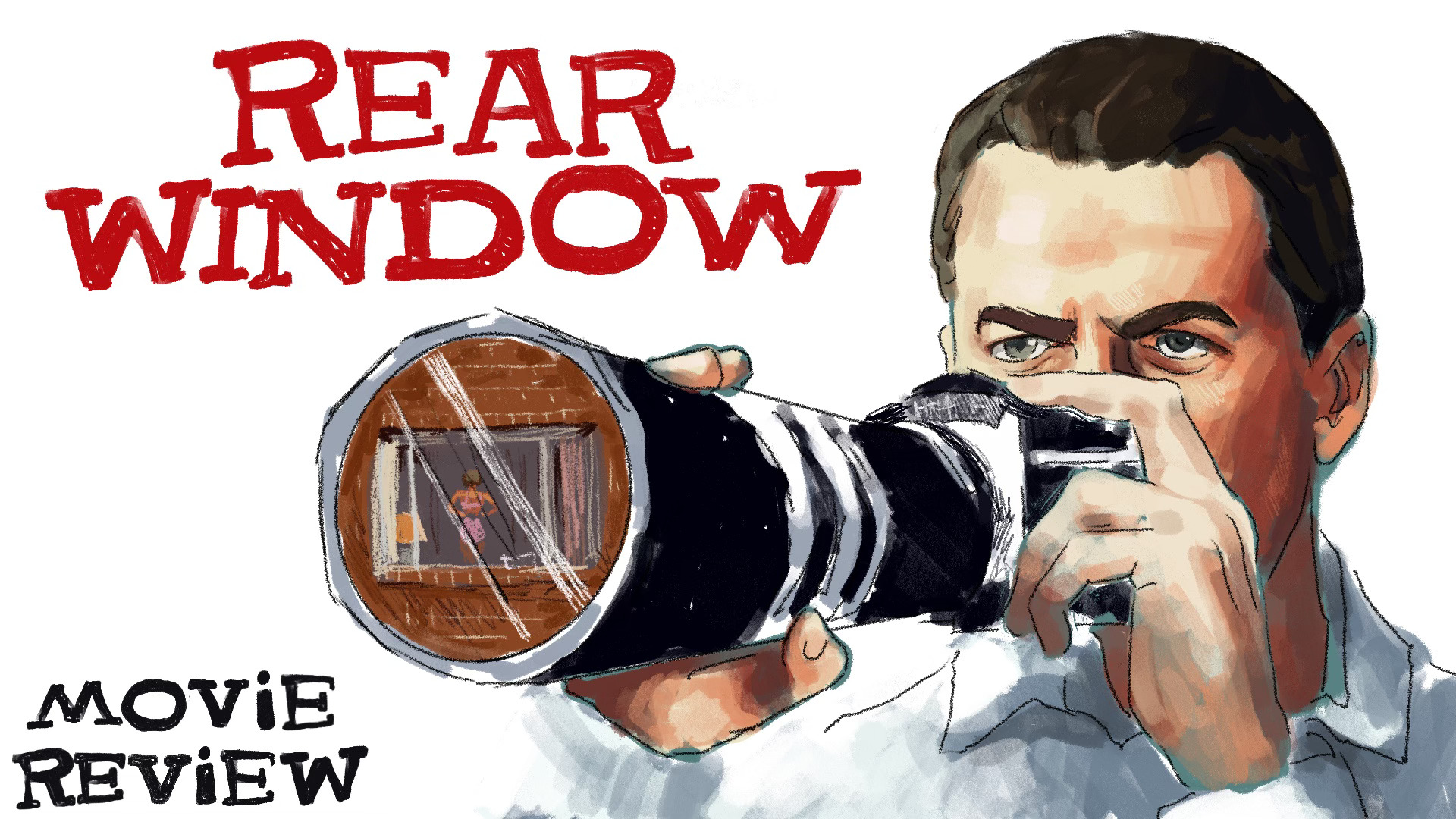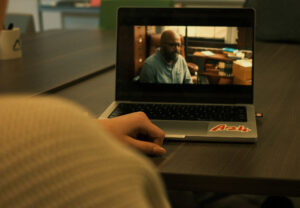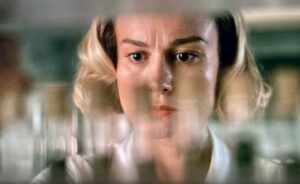Coming up on its 70th anniversary, the thriller mystery “Rear Window” remains one of Alfred Hitchcock’s most iconic films to date. Known famously as the “Master of Suspense,” Hitchcock layers the film with many of his signature attributes as a director while also portraying cautionary themes of what happens when observing everyday individuals.
The story follows Jeff Jefferies, played by Hitchcock regular Jimmy Stewart, who works as a photojournalist recovering from a photoshoot injury. While stuck in his home in a New York City apartment complex, Jefferies passes time by looking out a rear window. One day, Jefferies notices suspicious activities occurring in the apartment room across from him, which eventually leads him and his close friends to investigate further into a potential murder.
An aspect of the film that stands out as truly exceptional is the attention to detail in the camerawork, as well as the foreshadowing of multiple events. The entirety of the film takes place in only a single location, but the limited set actually helps in relating to the characters’ situation, as Jefferies can not leave his apartment in order to investigate further, and he must use his binoculars to look through the window.
One scene involves Lisa Fremont, Jefferies’ sweetheart, deciding to break into the suspect’s house. Because he is stuck in a wheelchair, Jefferies’ complete helplessness and fear are felt all too real when the situation gets out of control. While the film’s slow start can be a dealbreaker for some viewers, the film’s latter half is almost impossible to pull away from, ultimately leading to a sinister, suspenseful climax.
The film also questions the ethics of observing others and their private lives. At one point, Jefferies starts to observe one of his neighbors, whom he coins as “Miss Lonelyheart, ” as she shoves someone out of her apartment before breaking into tears. Soon after, Jefferies questions the morality of prying into people’s privacy.
Because Jefferies works as a photographer, it creates an interesting parallel with himself in terms of whether or not investigating the private lives of others deserves to be captured and shown. In a way, the film’s ideas still remain relevant in an age where photos can be taken and shared extremely easily, and we observe and judge individuals based on pictures through social media.
Many hit movies since the release of “Rear Window” have utilized more taboo subject matters such as sex and violence as a means to deliver the larger, symbolic theme. Considering the film’s age and the regulations at the time, “Rear Window” does not explicitly show scenes of sex and violence, with the exception of an upsetting scene that shows animal death. Regardless, the film’s themes of observation keep so many people coming back to rewatch and comb through many of the film’s hidden details, the ultimate irony of observing a film whose story revolves around observation.
“Rear Window” and its incredible use of cinematography and building of suspense, coupled with its questioning of the art of observation and filmmaking, make this 1954 Hitchcock film so interesting to watch and discuss after so many years.












